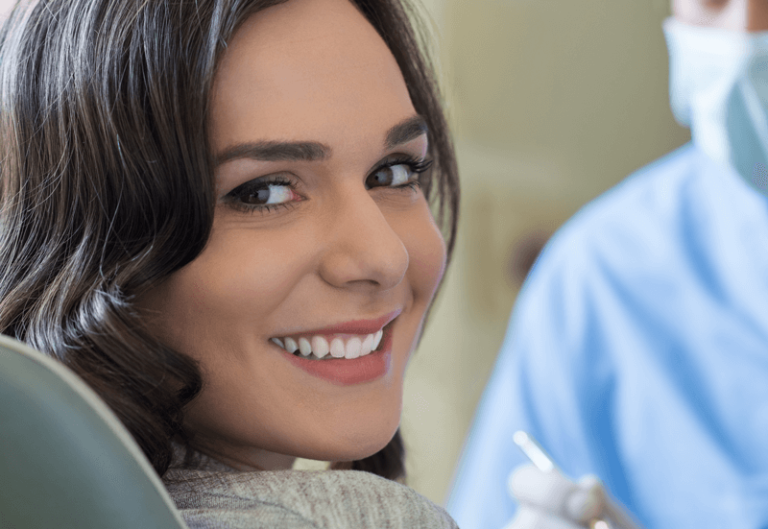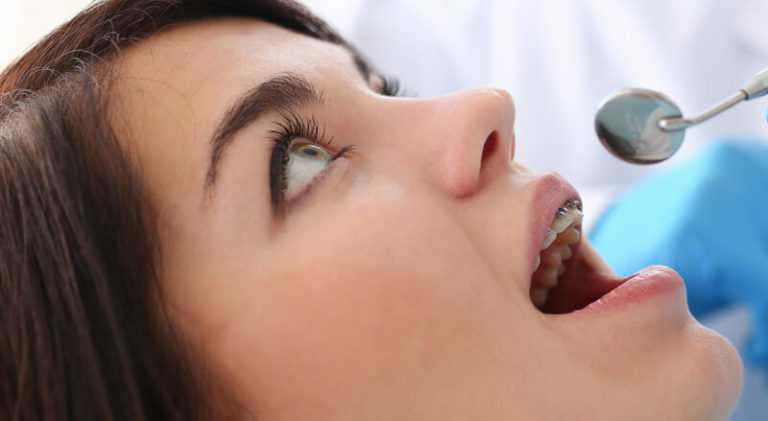As we age our baby teeth fall out and are replaced by our permanent or adult teeth. As a parent, it’s important to know when to start taking your child to see the dentist and how to properly care for baby teeth. Here is all you need to know about your child’s teeth.
Facts about Baby Teeth
It’s important to distinguish between natal teeth, neonatal teeth, and primary (baby) teeth.
Natal teeth are teeth that are present at birth. Though rare, natal are usually small, yellow to brown in color, and often loose. Sometimes they need to be removed to reduce the risk of a baby choking on or inhaling the tooth, or to prevent damage to the baby’s tongue.
Neonatal teeth are teeth that present in the first month of a baby’s life. Sometimes natal and neonatal teeth are not true teeth and normal baby teeth will erupt at the normal time.
Sometimes they are the true baby teeth that emerged before they had a chance to develop properly and often need to be removed. They will not be replaced until permanent adult teeth come in. Sometimes neonatal teeth need to be removed for permanent teeth to grow in properly.
Primary teeth, or what we usually refer to as baby teeth normally begin to appear at around 6 months.
On average, babies typically begin teething at six months. It’s normal for toddlers to have around 20 baby teeth by the time they are three years old. Adult teeth, like the molars, will not start erupting until around 6 years old.

Baby teeth are important because they indicate the health of permanent teeth. Damaged or dead baby teeth can lead to adult teeth growing in discolored or mishappen.
Studies have shown that about 40% of kids have cavities in their baby teeth. Therefore, early visits to the dentist and proper oral care at home are critical.
Difference Between Primary Teeth and Permanent Teeth
There are a few differences between primary and permanent teeth, starting with how many there are. While toddlers average about twenty baby teeth, adults typically have 32. An adult has more space in their mouth for additional permanent teeth to grow in.
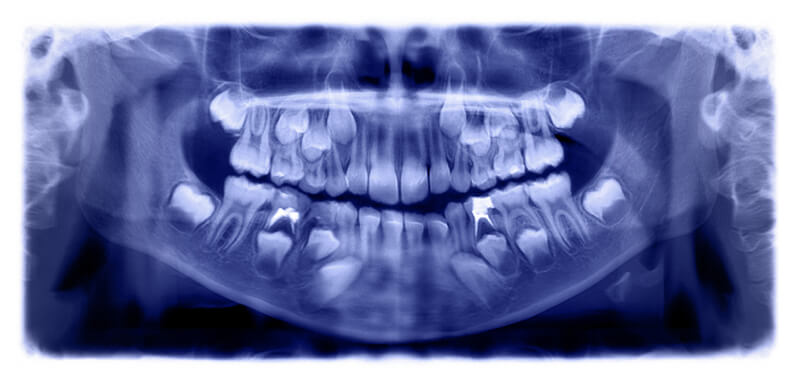
The roots of baby teeth are much shallower and less deeply embedded than those of adult teeth. This makes it easier for permanent teeth to begin to grow in and push baby teeth out. It also means that primary teeth are at a higher risk for becoming dislodged.
Enamel on primary or baby teeth is much thinner than adult teeth. This makes children more susceptible to cavities and staining. It also means that primary teeth are not as hard and can break easily.
When to Start Brushing with Toothpaste
Even infants need an oral hygiene routine. Wiping their gums after feeding can help remove build-up and bacteria. This will also aid in getting them ready to visit the dentist and to get used to brushing their teeth.
Once primary teeth begin to show, begin brushing with a very small amount of toothpaste. This will help remove any build up that might be on teeth. Until about 2014, the American Academy of Pediatrics recommended fluoride-free toothpaste for children under the age of two.
It is now recommended that you use fluoride toothpaste, but only an amount the size of a piece of rice. You can tilt your baby’s head slightly down so that any excess toothpaste dribbles out and is not swallowed.
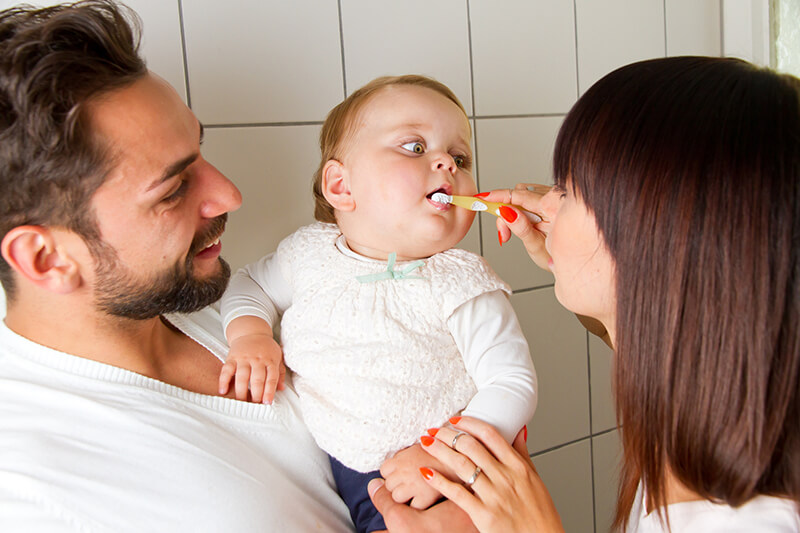
Fluoride helps to coat the teeth and effectively fights off bad bacteria that can cause decay and cavities. Once a child is about three years old, begin using about a pea-sized amount of toothpaste. Parents should supervise the process.
Starting a good brushing routine early will help strengthen baby teeth and keep them healthy. Begin using fluoridated toothpaste between the ages of two and three. Simply use a very small amount and don’t forget to rinse and spit after brushing!
Create a routine with your child of brushing their teeth at least once a day. Ideally, it’s best to brush teeth twice daily or after every meal.
Importance of First and Regular Dental Visits
Regular dental visits for young children can help to manage a range of oral health issues. Early dental visits can even identify problems with bite and tooth alignment. Which is why taking proactive steps in oral care can eliminate the need for many costly procedures later.
Dental visits can begin as early as three years of age, sooner if there are problems. Many doctors will take this time to educate kids about the oral health basics and benefits.
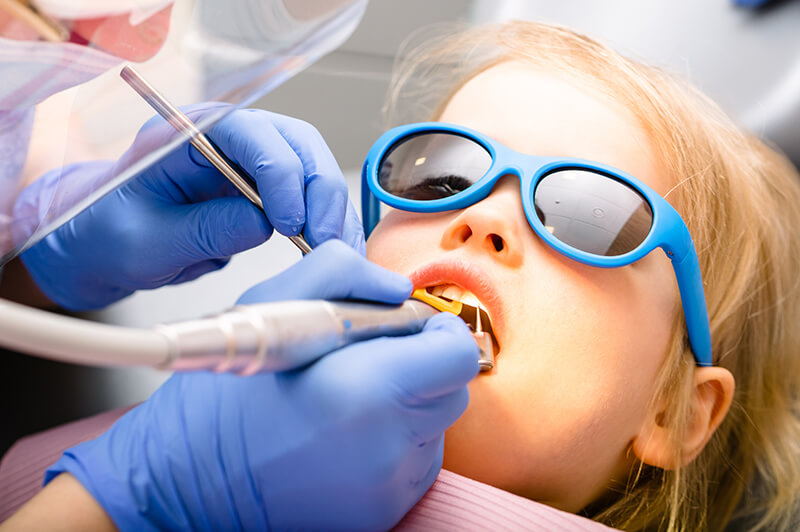
Without the advantage of regular visits to the dentist, it’s easy to become nervous and anxious about appointments. Routine dental visits help your child be at ease when they are at the dentist. It prepares them for more invasive oral care procedures that come with age and takes the stress out of the situation.
Regular visits to the dentist for baby and adult teeth are a must. Keeping primary teeth healthy is the best way to ensure that permanent teeth will grow in healthy. With the right dental care your child can have a trouble-free mouth with clean teeth that look and feel great. Your best bet is to find a dentist near you and get the process started.


